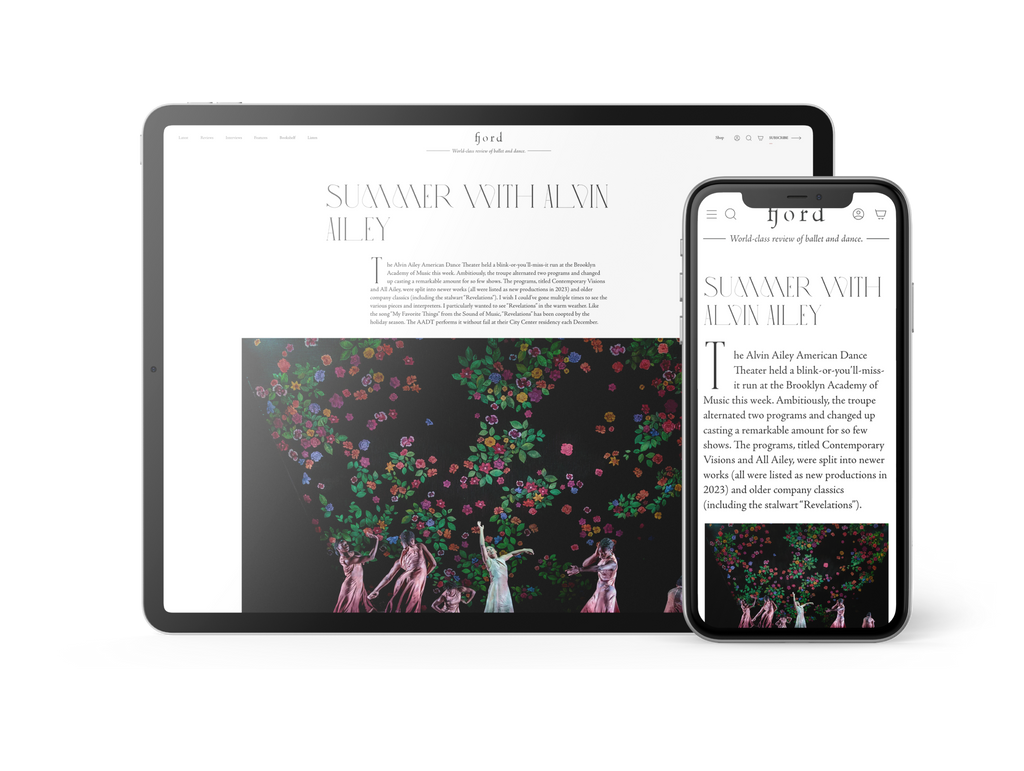Ryan Tomash Steps into a New Role
Back in October, New York City Ballet got a new cowboy. His arrival occurred in the final section of George Balanchine’s “Western Symphony.”
Continue Reading
World-class review of ballet and dance.
When the French-born but American at heart Benjamin Millepied took over the Paris Opera Ballet in 2014, he stated that the tri-centenarian company was aging in every way. Even though the troupe’s repertoire offered one of the world's widest ranges of ballets, from Nureyev’s masterpieces and Lacotte’s reconstructions to Preljocaj, Teshigawara or Bausch's iconoclastic works, the departing artistic director intended to dust off the supposedly stiff institution. Loudly and clearly. To start with, he nurtured a brand new generation of soloists in their early twenties, whom he brought into the spotlight: Léonore Baulac, Hannah O'Neill and Hugo Marchand. Then he drew a few much-in-demand choreographers in: Justin Peck, Christopher Wheeldon, himself and . . . the great maestro William Forsythe. Relying on James Blake's vibrant electro-soul album The Color in Anything, Forsythe graced the “Millepied generation” with a tailor-made, electrifying, anthem which reads like a contemporary version of “Theme & Variations.” As always, Forsythe’s postmodern vibe was received with standing ovations and earned rave reviews in the press.
Performance
Place
Words

William Forsythe's “Blake Works I” for Paris Opera Ballet. Photograph by Ann Ray


“Uncommonly intelligent, substantial coverage.”
Your weekly source for world-class dance reviews, interviews, articles, and more.
Already a paid subscriber? Login
Back in October, New York City Ballet got a new cowboy. His arrival occurred in the final section of George Balanchine’s “Western Symphony.”
Continue ReadingWhen Richard Move enters from stage left, his presence is already monumental. In a long-sleeved gown, a wig swept in a dramatic topknot, and his eyes lined in striking swoops, the artist presents himself in the likeness of Martha Graham—though standing at 6’4, he has more than a foot on the late modern dance pioneer.
Continue ReadingPerhaps not since Mikhail Fokine’s 1905 iconic “The Dying Swan” has there been as haunting a solo dance depiction of avian death as Aakash Odedra Company’s “Songs of the Bulbul” (2024).
Continue ReadingDance, at its best, captures nuance particularly well, allowing us to feel deeply and purely. In its wordlessness, it places a primal reliance on movement and embodied knowledge as communication all its own. It can speak directly from the body to the heart, bypassing the brain’s drive to “make sense of.”
Continue Reading
comments